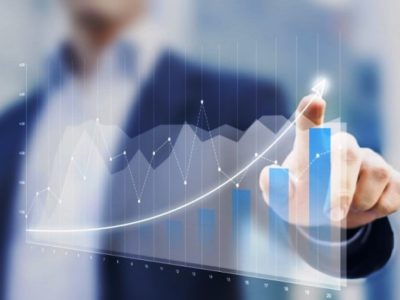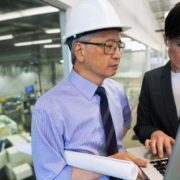By Sarwar Khan, BT Global Head of Digital Sustainability
As the world becomes increasingly digital and a shift by organisations to pursue generative AI, a shift is taking place within boardrooms. CIOs are now fulfilling more strategic roles to drive digital transformation and sustainability.
Going circular
For multinational corporations, the focus has broadened from just carbon emissions to a circular economy model, encapsulating responsible resource consumption, recycling, and waste management.
RELATED: Insider cyberthreats: 23% of companies in META suffered from malicious actions by staff
As a result, CIOs are being tasked with more than just ensuring the smooth operation of IT systems; they are now expected to drive sustainable digital strategies, helping businesses reduce their carbon footprint while concurrently optimising operations.
Take BT’s initiative as an example; we have launched a digital tool to help multinational customers optimise their network environmental performance and measure outcomes. This proposition gives the CIO the power to manage and measure an organisation’s environmental impact in real-time, providing them with the much-needed information to balance performance, energy consumption, emissions, and cost.
Of course, digital technologies also play a vital role in helping reduce global carbon emissions as Information and Communications Technology (ICT) is estimated to help reduce CO2 emissions by as much as 20% by 2030*. With environmental commitments transitioning from risk management pillars to operating status benchmarks, CIOs are instrumental in integrating these green technologies into their organisations’ operational fabric.
Embracing sustainability
The digitalisation of operations is not just about reducing carbon emissions anymore; it’s now about incorporating sustainable practices into every aspect of the business. By migrating digital workloads and applications to data centres with lower Power Usage Effectiveness (PUE) factors, organisations can reduce energy and carbon usage. Even seemingly simple steps like digitising supply chains can contribute significantly to sustainability targets.
For example, auditing the organisation’s existing network and replacing copper cables with fibre connections where possible bodes impressive gains to optimising energy consumption. Such projects further underscore the expanded role of the CIO in navigating the complex terrain of digital transformation and sustainability.
Interestingly, rganisations pursuing both digital transformation and sustainability simultaneously are 2.5 times more likely to be among tomorrow’s strongest-performing businesses. For instance, the use of advanced digital technologies such as IoT, Edge, Data, AI, and 5G can play a critical role in an organisation’s transition to net zero. The CIO’s expertise is crucial in evaluating and implementing these technologies to support new sustainability apps aimed at optimising energy use and reducing carbon emissions.
Business reinvention
CIOs are no longer limited to simply being ‘pure techies’. Today, they help lead the charge as organisations globally, and the public at large embrace a more sustainable future.
The evolution of the CIO has been driven by the demands of digital transformation and sustainability. They must now not only ensure that the digital lights remain on, but that those lights shine a bit greener with every passing day.
Reference:
* Global e-Sustainability Initiative (GeSI), #SMARTer2030 – ICT solutions for the 21st Century report































